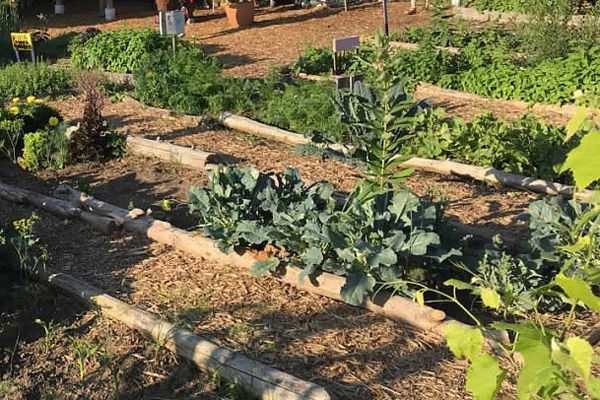About City Blooming
Intrigued in expanding food up for sale in the City of Chicago? Considering starting an area garden? Modifications to the Chicago Zoning Statute permit farming usages like community yards and urban farms in numerous components of the city. Below is a listing of often asked concerns concerning the guidelines and policies that cultivators ought to think about when planning a metropolitan farming project.
The zoning change does not modify any other codes managing composting, structure permits, purchasing or renting City owned residential or commercial property, business licenses or environmental contamination. There are existing codes that control these concerns and they remain completely impact and might apply to your task. Community gardens are normally possessed or taken care of by public entities, public companies or community-based organizations and kept by volunteers.
Urban farms expand food that is intended to be sold, either on a nonprofit or for-profit basis. Due to their commercial function, urban farms require a service permit.
The 8-Minute Rule for City Blooming
The quantity of compost material can not go beyond 25 cubic lawns at any given time according to the standards in 7-28-715 of the City's Municipal Code. Because the dirt at many new yard sites requires modifying, compost, dirt, wood chips, or other materials can be gotten to construct or enhance the growing space.

If a building permit is required then the hoophouse will be taken into consideration an accessory building. You can discover even more regarding the building license requirements by speaking to the Department of Buildings. The 25,000-square-foot dimension restriction is planned to stop a single community yard from controling an offered block or diminishing the block's existing household or business personality.
The limit does not apply to yards located in Public Open Area (POS) areas. Can there be more than one area yard that is 25,000 square feet on a single block? Secure fencing is not required, however, gardens that have big car parking locations might be needed to mount fencing or other landscape design functions.
Top Guidelines Of City Blooming
B1 & B2 districts call for that all industrial usage tasks be performed inside website here your home. R areas limit business activity. The policies show the objective and intent of the Zoning Code. Is fencing required for urban farms? Yes. Fencings might be called for, together with landscape design and testing, for sure parking lot and outdoor work or storage space locations relying on location and the certain activity occurring.
Yes. Urban ranches call for building authorizations and zoning approvals before building and construction. Other kinds of city evaluation may be called for depending on particular frameworks, tasks, size, landscape design, licensing, public heath and stormwater management issues. A number of these requirements are identified in the job style or allowing process, however, the applicant might be accountable to separately recognize specific licenses or allows that may be needed.
The Division of Service Matters and Consumer Defense can aid figure out the details type of business license that's required. Off street auto parking is needed for many industrial jobs in Chicago. The required number of auto parking areas is based on the number of employees functioning on website and not the square video of the expanding room.
The Ultimate Guide To City Blooming

Yes. An urban ranch can offer garden compost product produced on site, nevertheless, the operation should follow the policies in 7-28-715 of the Chicago Municipal Code. Yes. Aquaponic systems are permitted inside your home on city ranches in several zoning districts. A zoning testimonial and building permit is needed in order to install structures or systems and a service certificate is called for as defined above.
Up to 5 hives or nests of honey may be maintained as an accessory use. Beekeepers have to register with the Illinois Department of Agriculture. To learn more concerning the suggested zoning amendment you may get in touch with the Department of Real Estate and Economic Growth, Bureau of Planning and Zoning at 312.744.8563.
Farming in cities and metropolitan locations An urban ranch in Chicago. Urban farming refers to different techniques of cultivating. https://disqus.com/by/cityblooming/about/, handling, and dispersing food in city areas. The term additionally applies to the area activities of animal husbandry, aquaculture, beekeeping, and cultivation in a city context. Urban farming is differentiated from peri-urban farming, which takes area in rural areas beside suburbs.
Examine This Report about City Blooming
, that look for to create social networks founded on a common ethos of nature and neighborhood holism. These networks can develop by method of formal institutional support, ending up being incorporated into regional town preparation as a "shift town" activity for lasting urban advancement.
In either instance, the more straight accessibility to fresh veggie, fruit, and meat items that might be realised through city farming can enhance food security and food security while reducing food miles, leading to lower greenhouse gas emissions, thus contributing to climate change mitigation. Several of the very first proof of metropolitan farming originates from Mesopotamia.
Comments on “Getting My City Blooming To Work”